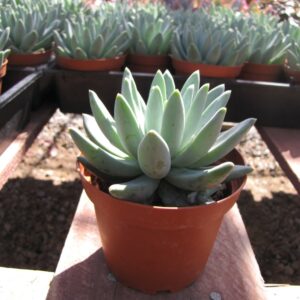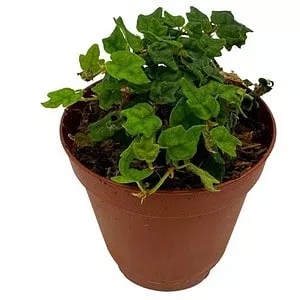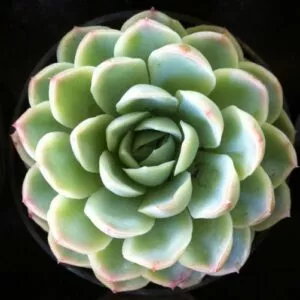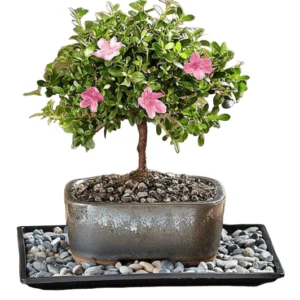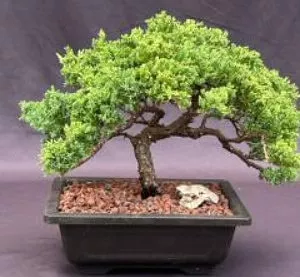No products in the cart.
Table of Contents
Some plants can be a little creepy not because of their appearance but because of their behavior. Sundew plants are among them. This genus is comprised of around 170 species of carnivorous or meat-eating plants.
Interestingly, their manner of acquiring nutrients is through carnivory. They trap their prey using their unique structures either through plant hairs or sticky substances, digest them and use the nutrients to thrive. This behavior helps them survive nutrient-deficient soils like bogs.
Amazing, isn’t it? If you’re curious about sundew species, then keep reading. We have pretty interesting facts to discuss in this article. You’ll even learn how to care for and maintain them at home whether as an indoor plant or an outdoor plant.
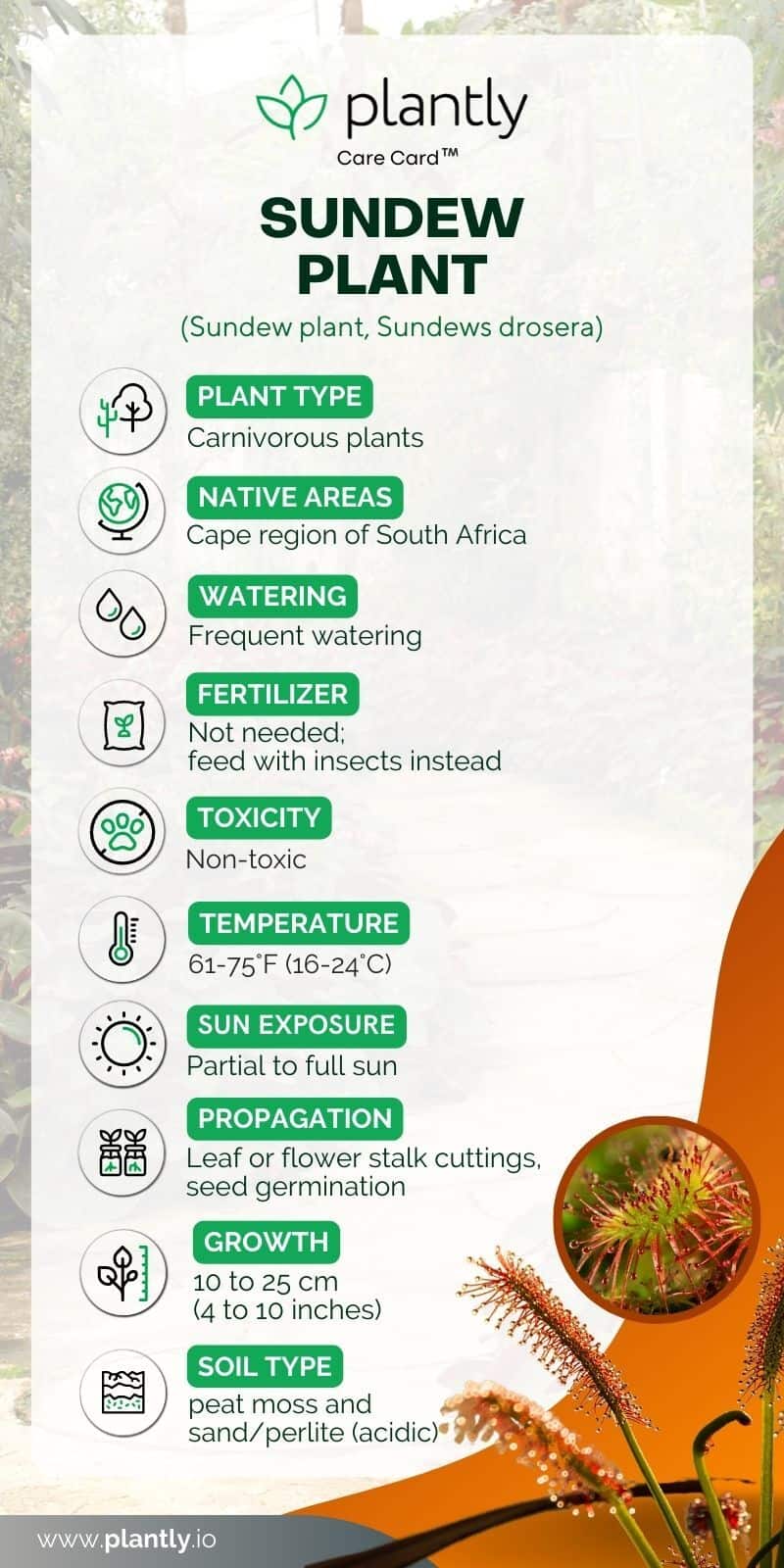
Sundew Plant Care Basics

Taking care of carnivorous plants like sundew may require extra effort. Yes, this rare plant may be able to thrive in places with unfavorable conditions but when you take it in as an indoor plant, it’s going to be a different story.
But don’t worry, we have listed here the important care tips that you may follow in order to give your sundew plants a happy life.
Wet and Acidic Potting Soil Mix is the Best

Since sundews drosera naturally thrives in places that are consistently moist and nutrient-deficient, you must take that into consideration when you choose to plant it indoors. The key is to mimic such conditions.
You may mix 1 part of peat moss and 1 part of sand/perlite in order to make a soil mixture that has high water retention. Never mind adding organic matter as your carnivorous plant can take nutrients by preying on insects.
Remember that the more acidic the soil is, the better.
Full or Partial Sunlight Will Do
Sundews thrive in areas where there is full to partial indirect sunlight. It’s best to choose a location that is near a light source such as a sunny windowsill. Exposure to direct sunlight is fine considering that it’s not going to be overly done. Otherwise, the sundew leaves may burn or lose their vibrant color.
While most plants love natural sunlight, there are times when you have to supplement artificial light. Do this when it is needed.
Now, here’s a tip. There’s a trade-off that you have to consider when growing sundews. If you expose it to more light, it will show its vibrant red color at the expense of its size. On the other hand, if you grow it under less light, it will grow bigger but with paler color.
In stock In stock In stock In stock
$35.99
Sold By:
Carlo's Plant Farm
2 JASMINE DOWNY – LIVE STARTER PLANTS LESS THAN 12 INCHES TALL
Rated 5.00 out of 5 based on 22 customer ratings00
Sold By:
Carlo's Plant Farm
$9.99
Sold By:
Succulent Oasis
Medium Succulent Plant – Pachyveria ‘Little Jewel’
Rated 4.84 out of 5 based on 352 customer ratings01
Sold By:
Succulent Oasis
$12.99
Sold By:
BubbleBlooms
String of Frogs, In a 2 Inch Pot, Frog Feet Plant, Ficus pumila Quercifolia, Oakleaf creeping fig
Only 90 available and it’s in 1 people’s basket Rated 4.81 out of 5 based on 279 customer ratings00
Sold By:
BubbleBlooms
$9.99
Sold By:
Succulent Oasis
Medium Succulent Plant – Echeveria ‘Mexican Snowball’
Rated 4.84 out of 5 based on 352 customer ratings01
Sold By:
Succulent Oasis
More Water is Preferred

If you want to grow sundews successfully, always place them under wet conditions. Remember that this plant loves a moist environment. So, make sure that you meet this requirement all the time. To do this, we recommend using the tray method.
Fill up a tray with 1 -1 ½ inches of water, then, submerge your potted plants in there. Fill the tray with water when it’s running out and never ever let your sundew plants dry out.
It’s also important that you use mineral-free water or distilled water. This is to avoid the presence of minerals and chemicals that might affect the growth of your carnivorous plant.
Warm Temperatures and High Humidity Work Best
Warm temperatures ranging between 61-75°F (16-24°C) are best for sundew plants. Aside from aiding the growth of your plant, temperature also helps in the production of dew in your carnivorous plant. There are times when your plant wouldn’t produce much dew because the temperature isn’t optimal.
For instance, the production of dews will be more prominent when the temperature is higher. This is because transpiration or moisture loss is at an increased rate. Other sundews, on the other hand, need a much cooler temperature to produce sundews.
When it comes to humidity, sundew plants require a high level of moisture around. You must provide about 40 to 60% humidity level for your sundews drosera to thrive well. That’s why to ensure higher humidity, we recommend placing it in moist areas or locations especially when taken as an indoor plant.
If you’re having trouble, providing a water tray is an effective way to increase humidity.
Insects are the Best Source of Fertilizer

The unique thing about carnivorous plants is that they don’t like soils that are rich in nutrients. In fact, additional fertilizers might result in the burning of your sundew plants. So, it’s better not to provide fertilizer at all.
However, it’s important that your sundew drosera will have enough source of nutrients. That is, in the form of its prey which is insects. Instead of providing readily available fertilizers, feed your sundews carnivorous plants with insects. This is needed when your plant is grown indoors where there are few available preys to catch.
Crushed betta fish pellets can also be used as an alternative. You just have to sprinkle it over your sundew and let those particles be caught by the dew.
Use Leaf or Flower Stalk Cuttings to Propagate
The easiest way to propagate this special plant is by leaf or flower stalk propagation. All you need to do is cut a whole or just a portion of the leaf or flower stalk and let it sit on moist sphagnum moss or peat moss. The stalk or leaf cuttings will soon develop young plantlets in a span of 2 weeks to 2 months.
Once grown, you may plant these young sundews in a new container. Some folks also use water propagation to multiply their sundews. You may try this as well and find success in this method.
In stock In stock In stock Only 1 left in stock
$12.00
Sold By:
Sparkys Thriftway
Raven ZZ plant well rooted in 6” pot
Rated 5.00 out of 5 based on 1 customer rating00
Sold By:
Sparkys Thriftway
$19.99
Sold By:
BubbleBlooms
Red Bromeliad, 4 inch, Guzmania monostachia
Only 89 available and it’s in 2 people’s basket Rated 4.81 out of 5 based on 279 customer ratings00
Sold By:
BubbleBlooms
$5.00
Sold By:
Sparkys Thriftway
uniheat heat packs
Rated 5.00 out of 5 based on 1 customer rating00
Sold By:
Sparkys Thriftway
Free Shipping
$111.40
Sold By:
BONSAI WORLD LLC
Azalea bonsai tree flowers pink or red 8 inch pot
Sold By:
BONSAI WORLD LLC
Preferred Growing Zones
Many species of sundews thrive in USDA Zones 9 and above.
Repot and Prune When Necessary
Once you notice that your carnivorous plant is outgrowing its pot, it’s time to do repotting. Here’s how to do it:
- Choose a pot that has an appropriate size. Usually, you’ll have to look for a container that is 2 inches larger than the previous one.
- Prepare the growing medium and fill the container up to 3/4. Set aside the remaining potting mix. You’ll use this to fill the pot later.
- Use gloves to protect your hands. Then, remove the sundew from its container by holding the base of the plant and gently tugging and pulling it out.
- Remove excess soil. Check the roots and trim the unhealthy ones.
- Repot the whole plant in its new container. Then, fill in the gaps by adding the remaining growing medium. Make sure that your plant is planted well and that the roots are fully covered.
- Water the plant well and place it under partial shade.
Pruning isn’t necessary when it comes to this carnivorous plant. All you need to do is trim down dead and diseased leaves once they appear.
Sundew Species and Similar Plants
Sundew is one of the largest genera under the Drosera family. As such, there are numerous species that you may choose from. Here are a few options that you may want to consider when choosing carnivorous plants.
Drosera capensis

Drosera capensis is also known as cape sundew. It’s an evergreen perennial carnivorous plant that is known for being sturdy due to its well-developed roots. It produces pink-mauve flowers on a single stem.
Drosera pulchella

This species is native to Southwestern Australia. They’re small in size and have unique flowers. What sets pygmy sundews apart are their “gemmae” or the reproductive bodies that they produce on their crown. These gemmae can be readily used in propagation.
Drosera rotundifolia

Drosera rotundifolia is called such because of its round, flat leaves. This species has purple coverings or hairs and small flowers that are either pink or white in color. Compared to cape sundews, round-leafed sundews have a shallow root system and are also short-lived.
Sundew Plant Diseases & Pests
Now, you may wonder. If carnivorous plants feed on insects, will it be possible for them to get infested? The answer is yes, as ironic as it may seem. The common enemies of sundews are aphids and fungus gnats. You may spray them off with distilled bottled water or neem oil to get rid of them.
For diseases, botrytis and root rot are common problems. Although most sundews love wet soil, such a condition could also invite disease-causing organisms. The application of fungicides may help.
Frequently Asked Questions
Sundew plants are commonly found in wet and poor soils such as bogs and fens. They love places with soggy soil and one that has an available water feature.
Sundews will naturally grow in soils with deficient nutrients and acidic pH. In contrast with other species of plants, carnivorous plants like sundews are well-acquainted with poor environments. Their ability to trap and consume insects for nutrients is their saving grace
The presence of sticky substances known as dew helps the plant trap insects nearby. Once these insects are held immobilized, the leaves will curl leaving them no room for escape. The sundews produce enzymes that’ll help digest the trapped insect.
Fortunately, sundews aren’t that difficult to find. You may just search it online and you’ll come across online shops offering this extraordinary beauty. Here at Plantly, we also offer various species of carnivorous plants. Check out and see our most promising offers!
Whether you want to buy, sell, or simply reach out to other plant enthusiasts, Plantly is the right place to be!
-
Free Shipping$455.29Sold By: BONSAI WORLD LLC
Only 1 left in stock
Juniper Bonsai Tree – Trained (juniper procumbens nana)
Only 1 available and it’s in 1 people’s basketSold By: BONSAI WORLD LLC -
Free Shipping$7.29 – $10.98Sold By: CZ Grain
In stock
Spearmint Seeds for Planting | Fresh Seeds of Perennial Spearmint Herb, Great for Kitchen and Grinding
Only 899 available and it’s in 1 people’s basketRated 4.60 out of 5 based on 156 customer ratings00Sold By: CZ Grain -
$10.99Sold By: Cacti and Exotica
In stock
CactiandeExotica | Cereus Peruvianus –Peruvian Apple Cactus
Rated 4.98 out of 5 based on 59 customer ratings00Sold By: Cacti and Exotica -
Free Shipping$9.96 – $12.09Sold By: CZ Grain
In stock
Silver Dollar Plant Seeds | White Money Plant | Lunaria Biennis
Only 900 available and it’s in 1 people’s basketRated 4.60 out of 5 based on 156 customer ratings00Sold By: CZ Grain

